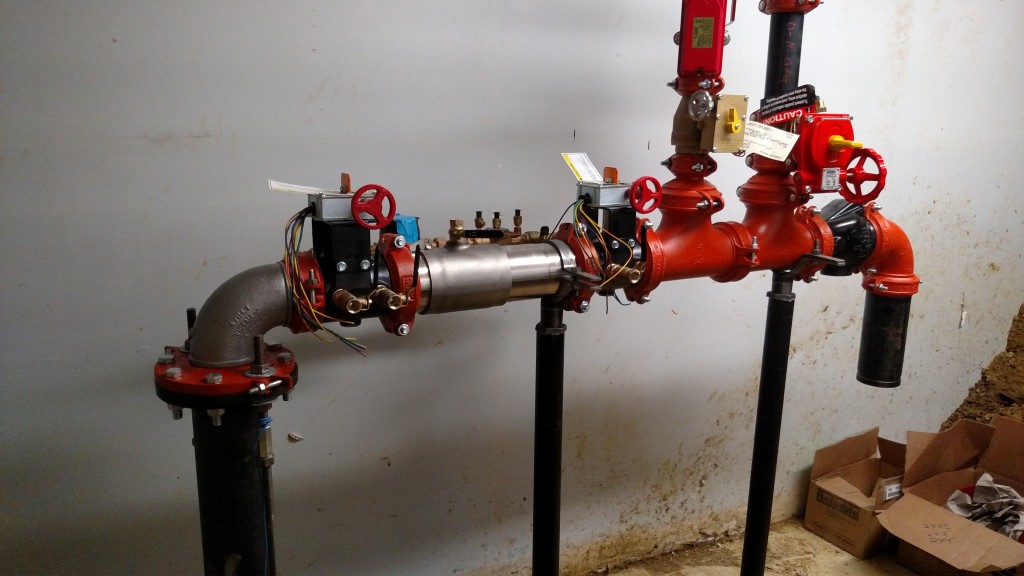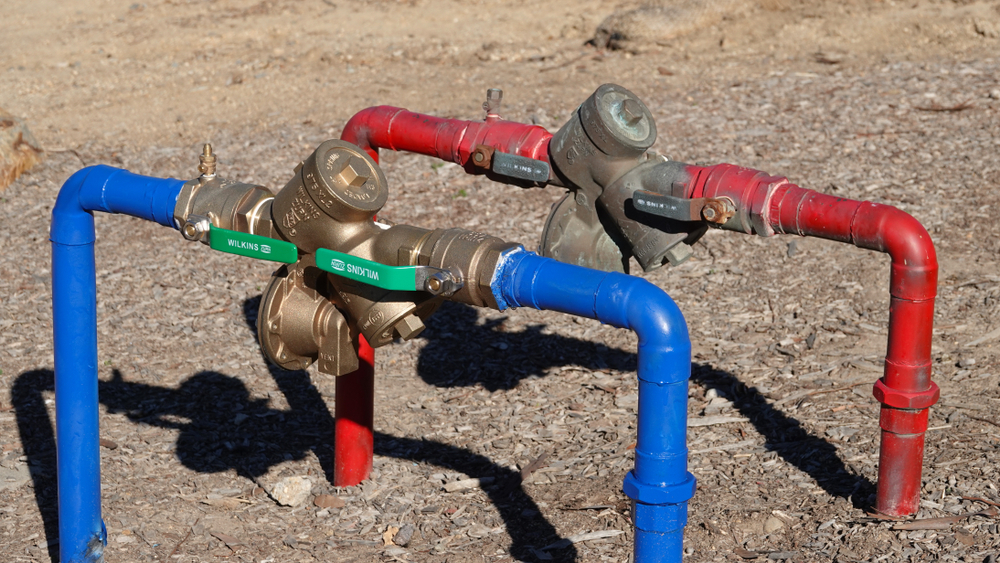Is Backflow Testing for My Water Needed
Is Backflow Testing for My Water Needed
Blog Article
What are your thoughts and feelings about What is Backflow Testing??

Yes, you require to backflow test your home's water supply to make sure that the water is without contaminants and dangerous degrees of chemicals. You need to not try to carry out heartburn screening on your own because of the devices required as well as space for error. We recommend that you call a specialist plumber every couple of years to check your water.
Heartburn Can Effect Both You as well as Your City
Since hazardous backflow can impact the public water supply in addition to a solitary structure, lots of cities establish backflow standards. Luckily, modern cities have backflow gadgets in position that protect the water system that originates from a lot of homes and business properties. The actual risk comes from irrigation systems, which can harm the water system with toxic plant foods, manure, and other chemicals.
What Creates Heartburn?
A common reason of backflow is a loss of water stress that triggers the water to siphon back into the water supply. After some time, there is a loss in water stress and the tube begins to suck the water back into the water supply. As you can imagine, there are currently chemicals from the paint that are going into the water supply, potentially posturing a danger.
Heartburn Screening is Required by Law in Particular Cities
Depending on where you live, you might actually be needed by law to backflow examination your legislation. Iowa City maintains a record of all residential properties served by the city's water supply. The city needs that particular "high-hazard" facilities go through backflow testing. In some cases, residential properties such as homes as well as apartment buildings are affected.
You Can Stop Heartburn
The primary function of a backflow tool is to avoid water from moving in reverse into your water supply. Plumbing professionals mount the device on the pipelines in your house to ensure that the water just flows in the appropriate instructions.
What is Heartburn?
In short, backflow is when water moves upwards-- the opposite instructions in the plumbing system. This is likewise referred to as "backpressure." When the water relocates this instructions, it can blend with hazardous toxic substances as well as posture a risk.
Call a Plumber to Evaluate for Backflow Prior To It is Far too late
While it may seem grim, contaminated water can bring about awful bacterial and also viral infections that are difficult to deal with. A plumbing firm can quickly check your residence's water to establish if there are any unsafe chemical levels. The small financial investment is if you can stay clear of the misery that comes from consuming alcohol contaminated water. And if you do find that your water has high degrees of toxic substances, a plumber can easily mount a heartburn avoidance tool.
Yes, you need to backflow test your house's water supply to make certain that the water is complimentary of toxins and unsafe levels of chemicals. Several cities establish backflow guidelines because unsafe heartburn can influence the public water supply in enhancement to a single structure. A typical cause of backflow is a loss of water pressure that causes the water to siphon back into the water supply. After some time, there is a loss in water stress and also the tube starts to draw the water back right into the water supply. The main function of a backflow device is to protect against water from moving backward into your water supply.
WHY DOES BACKFLOW TESTING NEED TO BE DONE EVERY YEAR
What Is Backflow?
Toxic gas backing up into a building is one example of potential backflow issues, but backflow can occur in many other ways.
Backflow is generally referred to as the reversal of a liquid or gas in a plumbing system.
Most issues for the public occur with backflow resulting in contaminated drinking water. If you look up backflow issues online you’ll probably find references to “potable” water. That means drinking water.
There have been backflow issues in the past with drinking water. Chemicals, sewage and other contaminants have found their way into drinking water causing health issues for those that count on the fresh water.
What Causes Backflow?
In a residence or commercial building water generally flows one way. This normal flow is usually driven by consistent pressure in the water and waste system.
Anything that changes the normal pressure in the system can lead to backflow.
Fire hydrant use or malfunction can reverse the normal pressure in the system on a city line, but backflow can occur in a number of different ways.
Sometimes backpressure might be caused by someone using a garden hose and submerging the end of the hose in a pool of liquid. If pressure is lost the flow could reverse and contaminants could be released into the drinking water.
Anytime there is a connection between contaminants and the drinking water there is potential for a backflow issue. Sometimes these connections are not immediately obvious like the garden hose connecting to a building’s drinking water supply.
Backflow Regulations
The Environmental Protection Agency (EPA) provides guidelines and regulations for state and local governments regarding backflow. State and local governments also have their own guidelines and regulations for backflow prevention.
Arizona has its own backflow regulations.
Due to issues with backflow in the past, regulations require backflow preventer devices to be used in nearly all residential and commercial buildings.
A backflow preventer is a device that prevents backflow as cross-connection points where potential backflow issues may occur.
While backflow is not a common occurrence, preventers are in place to make sure there is no contamination should something malfunction or go wrong with a building’s water supply.

I'm just very enthusiastic about Commercial Backflow Testing and I am assuming you appreciated the new blog posting. Sharing is caring. Helping people is fun. We enjoy reading our article about Backflow Prevention.
Instant fix? Dial! Report this page